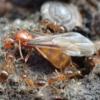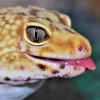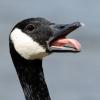https://myrmecologic....pdf&format=raw
Long story short: Tetramorium caespitum aka species E in North America is now called Tetramorium immigrans. The brief description of this species is on page 120 - 121 of the study linked to above.
Edited by MrILoveTheAnts, October 31 2017 - 2:11 PM.


























